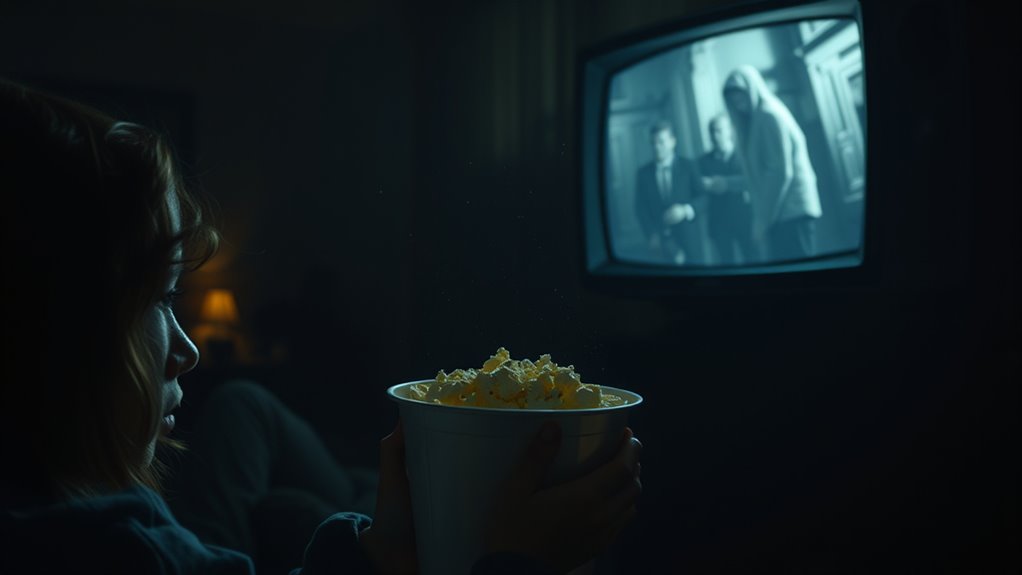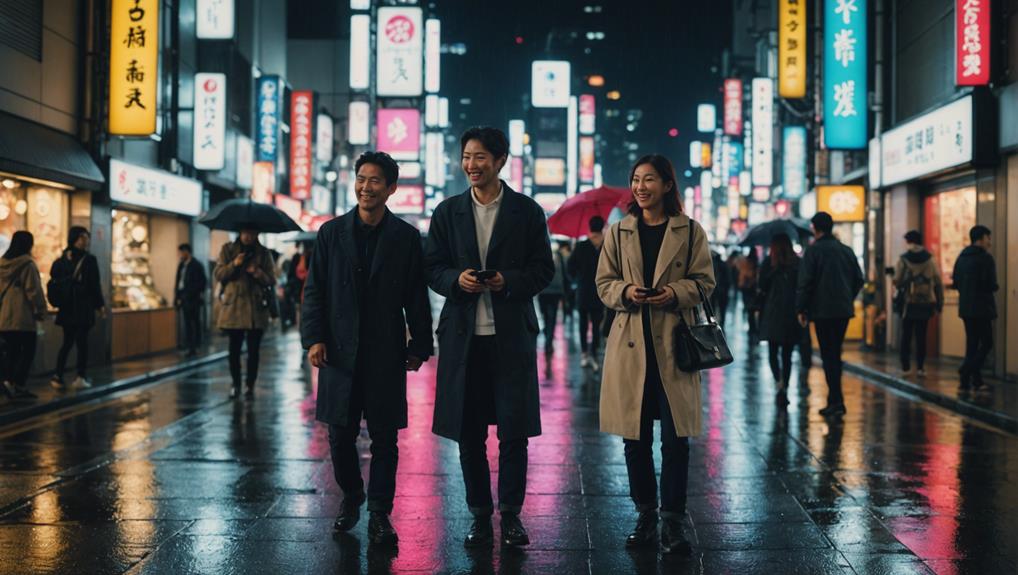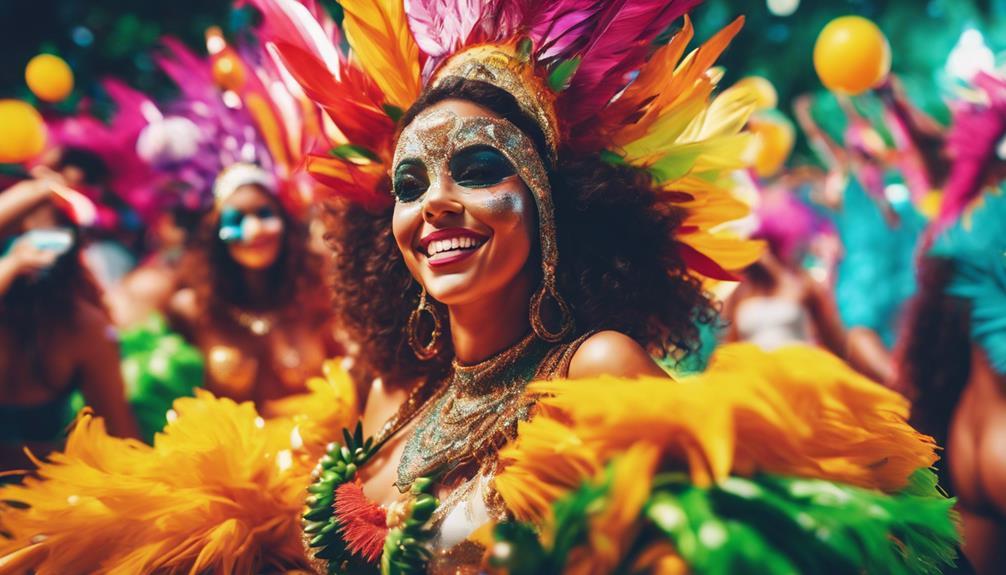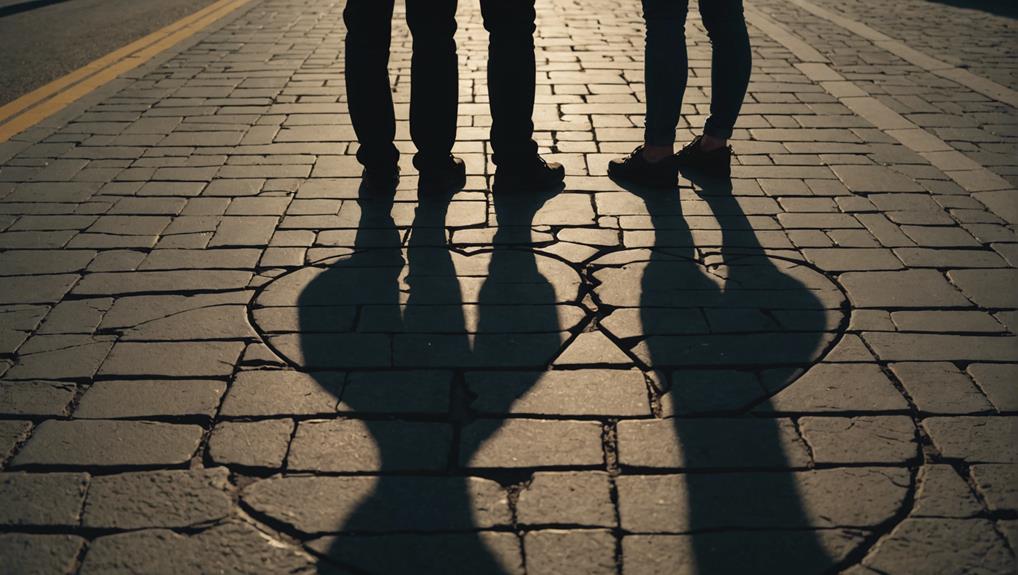When you experience a jump scare, your body reacts instantly with a surge of adrenaline, triggering the fight-or-flight response. This primal mechanism evolved to keep you safe from danger, but it also explains why you find thrill in fear—it heightens your senses and creates a rush of excitement. Modern scares amplify this sensation with advanced effects, making the experience more intense. If you’re curious about the biological secrets behind your love of being terrified, keep going.
Key Takeaways
- Jump scares trigger a rapid heartbeat and adrenaline rush, activating the body’s fight-or-flight response designed for survival.
- The surge of adrenaline creates an exhilarating feeling, making the experience of fear pleasurable rather than threatening.
- Controlled scares in movies or haunted houses allow us to enjoy fear safely, releasing dopamine and reinforcing the thrill.
- Advances in technology enhance sensory effects, intensifying physiological reactions and increasing the immersive nature of scares.
- Evolutionary instincts make us seek out fear-inducing experiences, as they stimulate primal mechanisms that make us feel more alive.
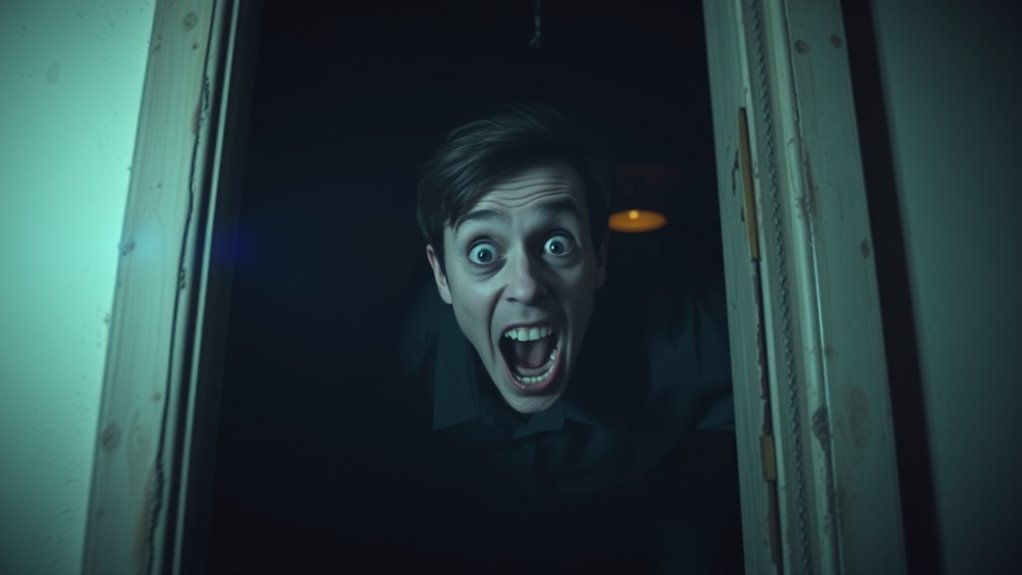
Have you ever wondered why a sudden loud noise or quick movement makes your heart race? When this happens, your body reacts through a psychological response designed to keep you alert and ready to respond. This response triggers an adrenaline rush, flooding your bloodstream with hormones that heighten your senses, increase your heartbeat, and prepare you for action. It’s an automatic survival mechanism that has evolved over millennia, helping humans react swiftly to threats or surprises. When you experience a jump scare, your brain perceives danger—even if it’s just a fake threat created by a movie or a haunted house. This perception activates your sympathetic nervous system, releasing adrenaline into your system, which causes the physical sensations you associate with fear or excitement.
That adrenaline rush is what makes jump scares so effective and, oddly enough, enjoyable for many people. It’s a kind of thrill, a controlled release of stress hormones that produces a surge of energy and heightened awareness. Your body is fundamentally primed for fight or flight, yet in the context of entertainment, you’re not in real danger. Instead, your brain interprets the scare as a challenge, releasing chemicals that can lead to feelings of exhilaration once the threat is gone. This is why you might feel a sense of adrenaline-fueled euphoria after a jump scare, craving that same rush again. It’s a paradox: your body reacts as if it’s in mortal peril, but your mind knows you’re safe. That mix of fear and safety creates a unique emotional experience that’s both terrifying and exhilarating.
Your psychological response to jump scares is also reinforced by the context in which they occur. When you willingly seek out horror movies or haunted attractions, you’re consciously choosing to put yourself in situations where your senses are heightened and your adrenaline is pushed to the limit. This controlled exposure allows you to experience fear without real danger, which can be addictive. The brain finds satisfaction in overcoming fear or experiencing intense sensations, releasing neurotransmitters like dopamine that reinforce the desire to seek out more scares. In this way, your love for jump scares isn’t just about the thrill itself but also about the psychological reward your brain receives when it successfully navigates the fear. Additionally, technological advancements in special effects and sound design have amplified these sensations, making modern jump scares even more immersive and intense.
Furthermore, understanding that these responses are rooted in our evolutionary survival instincts helps explain their powerful appeal. In fundamental terms, the psychological response and adrenaline rush are at the core of why jump scares captivate us. They tap into primal survival instincts while providing a safe space to explore fear. Recognizing this connection to biological mechanisms enhances our appreciation for why these experiences are so compelling. That rush of adrenaline not only makes your heart pound but also creates a powerful emotional high, which explains why many people find themselves craving more. You seek that fleeting moment of terror because, paradoxically, it makes you feel alive.
Frequently Asked Questions
How Do Different Cultural Backgrounds Influence Fear Responses?
Different cultural backgrounds shape your fear perception by influencing what symbols and scenarios evoke fear. Cultural symbolism plays a key role, as certain images or stories hold different meanings across societies. You may find some fears universal, but your reactions are often shaped by cultural norms and beliefs. These differences impact how you respond emotionally, making fear a deeply personal experience rooted in your cultural context.
Can Jump Scares Cause Long-Term Psychological Effects?
It’s ironic, but jump scares can indeed cause long-term trauma or anxiety disorders, even if you think they’re just harmless fun. While most bounce back quickly, some might develop lasting fear responses or heightened anxiety. Your brain remembers the shock, sometimes leading to persistent distress. So, if you’re especially sensitive, those quick jolts could unintentionally leave a mark, turning a thrill into a source of ongoing psychological discomfort.
Are Certain Personality Types More Prone to Enjoying Jump Scares?
You might find that your personality traits influence how much you enjoy jump scares. If you have thrill-seeking tendencies, you’re more likely to enjoy the adrenaline rush they provide. People who are open to new experiences or have high sensation-seeking traits often seek out these intense moments for excitement. Conversely, those with more cautious or anxious personalities may shy away from jump scares, preferring safer, calmer entertainment.
How Do Filmmakers Craft Effective Jump Scare Moments?
Filmmakers craft clever, chilling jump scares by combining precise pacing with powerful sound design. They build suspense with slow, subtle pacing, then suddenly spike tension with sharp visual and auditory cues. Using sound effects that surprise and unsettle, alongside quick cuts and strategic lighting, they catch you off guard. Mastering these pacing techniques guarantees your heart races, making the scare feel real and memorable, perfectly playing with your fears and expectations.
Does Repeated Exposure to Jump Scares Increase Tolerance or Fear?
When you experience repeated jump scares, you might notice fear desensitization, making future scares less intense. However, it can also lead to anxiety escalation, increasing your overall sensitivity to frightening stimuli. Your brain adapts over time, reducing immediate fear responses but potentially heightening your overall anxiety. So, while you may become less startled, the underlying fear might grow, affecting how you respond to horror or stressful situations in the long run.
Conclusion
So, next time you jump at a sudden scare, remember—your brain craves that thrill like a rollercoaster rider chasing adrenaline. It’s a dance between fear and pleasure, a paradox that keeps you coming back for more. Your body’s reaction is proof that even in terror, there’s a strange comfort. After all, isn’t life itself just a series of jump scares, waiting to surprise you when you least expect it?
Amina brings over a decade of journalism experience to her role as Editor-in-Chief. Under her leadership, Exquisite Post has flourished, maintaining the highest standards of integrity and excellence. Amina’s commitment to truth and her visionary approach guide the editorial team in producing impactful news stories that resonate with our audience.
